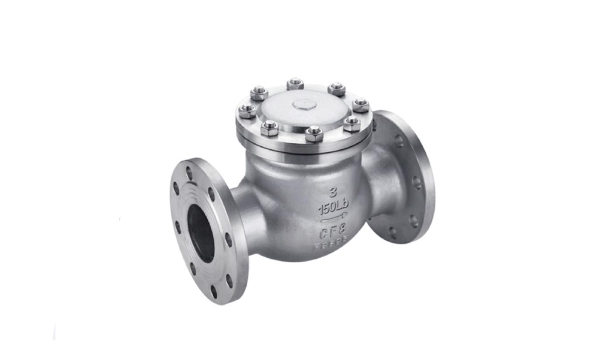
news
德国维替阀门 2025-07-25 09:38 500
In thermal power plants, all the work is done by steam. Therefore, the steam trap that separates water from the steam is extremely important. It needs to discharge condensate water to avoid water hammer effect and efficiency decline, minimize steam loss, improve energy utilization rate, and also adapt to changes in working conditions without human intervention. With so many advantages, how does a steam trap work? Viti Industry will now provide you with explanations of the working principles and features of different types of steam traps one by one.

The working principle of steam traps is mainly based on physical properties such as density, temperature or pressure difference. The following are the working principles and features of common types of steam traps:
Mechanical steam traps (float type/inverted bucket type)
Float type: When condensate water accumulates in the valve body, the float rises, driving the lever to open the valve for drainage. After the water level drops, the float ball falls back and closes the valve to prevent steam from escaping.
Features: Continuous drainage, fast response, suitable for applications with large condensate water loads.
Inverted bucket type: When the inverted bucket is filled with steam, it rises to close the valve. When condensate water enters, the bucket sinks and opens the valve to drain the water.
Features: Resistant to water hammer, but with slight delay in action.
2. Thermostatic steam trap (temperature-controlled type
Bimetallic strip or diaphragm type: Utilizing temperature-sensitive elements (such as bimetallic strips or liquid-filled diaphragms), they contract to open the valve at low temperatures (condensate water) and expand to close the valve at high temperatures (steam).
Features: It operates relatively slowly, is suitable for low-pressure or low-temperature systems, and has excellent energy-saving effects.
3. Thermodynamic steam trap (Disc type) :
Principle: Relying on the flow rate difference between steam and condensate water: High-speed steam pushes the valve plate (disc) to close the valve, and when the condensate water flow rate is low, the valve plate opens to drain water. The pressure chamber above the valve plate is assisted in sealing by steam pressure.
Features: Simple structure, high pressure resistance, but frequent operation makes it prone to wear and tear, and there may be slight steam leakage.
4. Balanced pressure steam trap
Principle: A bellows filled with volatile liquid is used. At the steam temperature, the liquid vaporizes and expands to close the valve. When the temperature of the condensate water drops, the valve will contract and open.
Features: High sensitivity, suitable for precise temperature control applications.
Selection factors
- Steam pressure/temperature: For high-pressure systems, pressure-resistant types (such as thermal dynamic types) should be selected.
- Displacement: Float ball type is suitable for large flow rate occasions.
- Installation direction: Some steam traps need to be installed horizontally (such as float type).
Viti Industry Friendly reminder: The efficient operation of steam traps is crucial for energy conservation in steam systems. Appropriate types should be selected based on specific working conditions and regular maintenance should be carried out.
Viti Industry is a German valve manufacturer that has been engaged in the production of a full range of valve products represented by automatic control and regulating valves, which are mainly applied in harsh working conditions such as high pressure, high temperature, easy erosion and corrosion. W&T has new engineering personnel and production equipment to develop and produce valves according to customer requirements. It has outstanding engineering achievements in all important industrial fields and collaborates with universities and related institutions in the areas of material development, fluid engineering thermodynamics, design and production.
Demand feedback